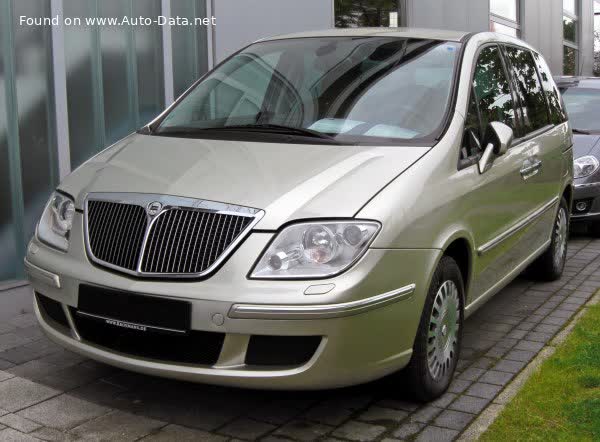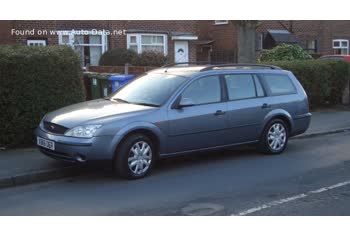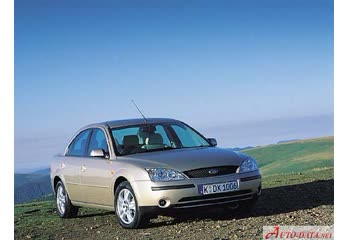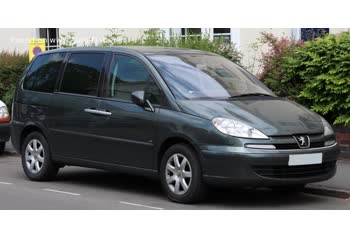Everything you need to know about specifications and performance - Lancia Phedra Phedra 2002 - 3.0 i V6 24V (204 Hp)

Overview:
What is the engine capacity of a Lancia Phedra 2002?
The engine capacity of the Lancia Phedra 2002 is 2959 cm.
Lancia Phedra 2002 How many horsepower?
The engine power of the Lancia Phedra 2002 is 204 Hp @ 6300 rpm..
What is the Lancia Phedra 2002 engine?
Lancia Phedra 2002 engine is ES9 J4S. (Click to see other cars using the same engine)
How much gasoline does a Lancia Phedra 2002 consume?
The Lancia Phedra 2002 consumes 11.5 liters of gasoline per 100 km
General:
Brand: Lancia
Model: Phedra
Generation: Phedra
Modification (Engine): 3.0 i V6 24V (204 Hp)
Start of production: 2002
End of production: 2008
Powertrain Architecture: Internal Combustion Engine
Body type:Mini van
Seats: 8
Doors: 5
Engine:
Power: 204 hp @ 6300 rpm.
Power per litre: 68.9 hp/l
Torque: 270 nm @ 4500 rpm.
Engine Model/Code:ES9 J4S
Engine displacement: 2959 cm
Number of cylinders: 6
Engine configuration: V-engine
Number of valves per cylinder: 4
Fuel injection system: Multi-port manifold injection
Engine aspiration: Naturally aspirated Engine
Valvetrain: DOHC
Engine oil capacity: 4.8 l
Coolant: 11 l
Engine layout: Front, Transverse
Cylinder Bore: 93 mm
Piston Stroke: 72.6 mm
Compression ratio: 10
Performance:
Fuel Type: Petrol (Gasoline)
Fuel consumption (economy) - urban: 15.8 l/100 km
Fuel consumption (economy) - extra urban: 9 l/100 km
Fuel consumption (economy) - combined: 11.5 l/100 km
Acceleration 0 - 100 km/h: 10.2 sec
Acceleration 0 - 62 mph: 10.2 sec
Maximum speed: 205 km/h
Weight-to-power ratio: 8.6 kg/Hp, 115.9 Hp/tonne
Weight-to-torque ratio: 6.5 kg/Nm, 153.4 Nm/tonne
Acceleration 0 - 60 mph: 9.7 sec
Space:
Kerb Weight: 1760 kg
Max. weight: 2540 kg
Max load: 780 kg
Trunk (boot) space - maximum: 2950 l
Trunk (boot) space - minimum: 325 l
Fuel tank capacity: 80 l
dimensions:
Length: 4750 mm
Width: 1863 mm
Height: 1760 mm
wheelbase: 2823 mm
Front track: 1570 mm
Rear (Back) track: 1548 mm
Powertrain, Suspension and Brakes:
Drivetrain Architecture: The Internal combustion Engine (ICE) drives the front wheels of the vehicle.
Drive wheel: Front wheel drive
Number of gears and type of gearbox: 4 gears, automatic transmission
Front brakes: Ventilated discs
Rear brakes: Disc
Assisting systems: ABS (Anti-lock braking system)
Steering type: Steering rack and pinion
Power steering: Hydraulic Steering
Tires size: 215/65 R15
Front suspension: Spring Strut
Rear suspension: Coil Spring
See also

Same production year and almost the same engine capacity.
Its production began in 2002 until 2007

Same production year and almost the same engine capacity.
Its production began in 2002 until 2006

Same production year and almost the same engine capacity.
Its production began in 2002 until 2008
Write a comment